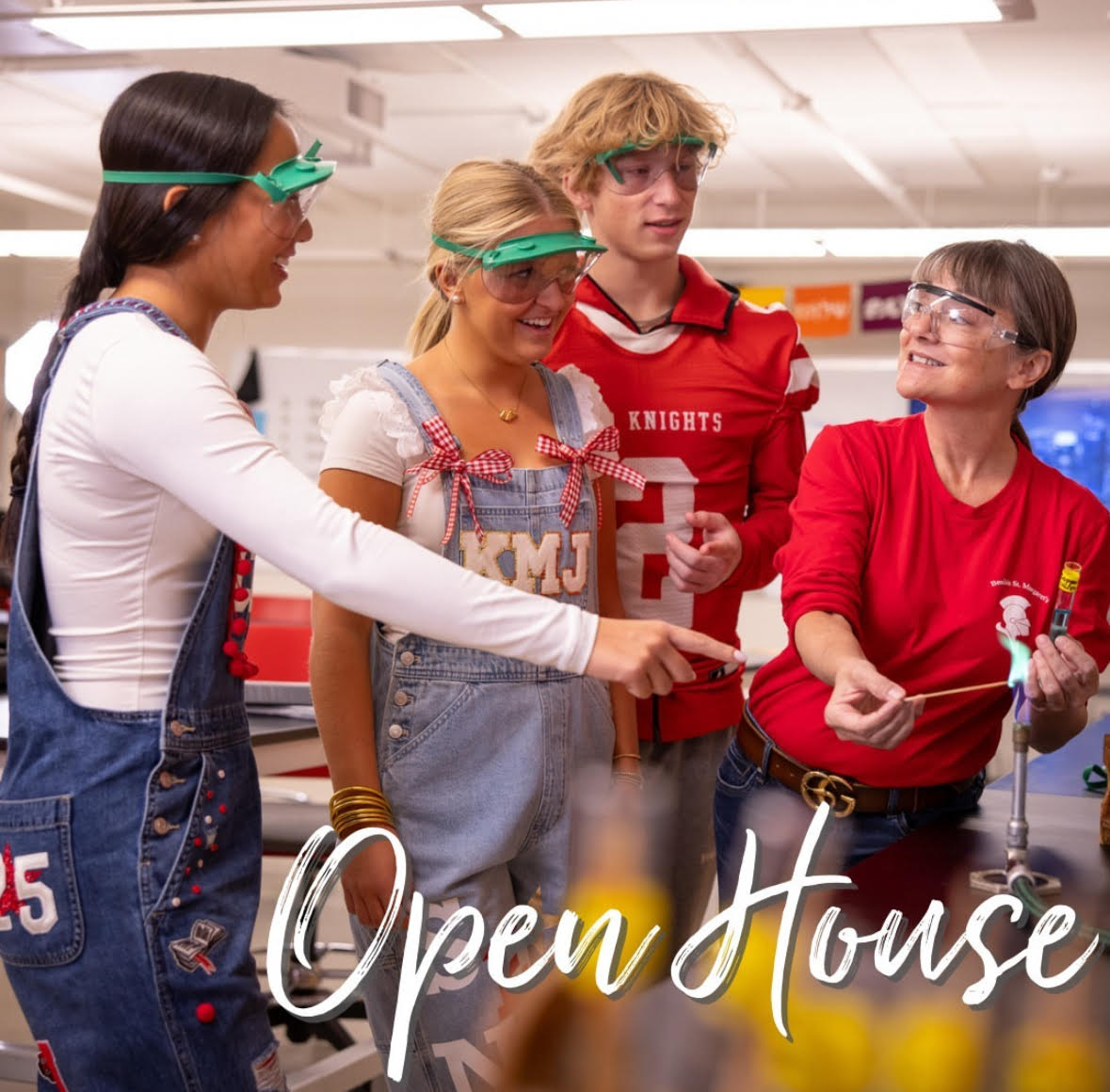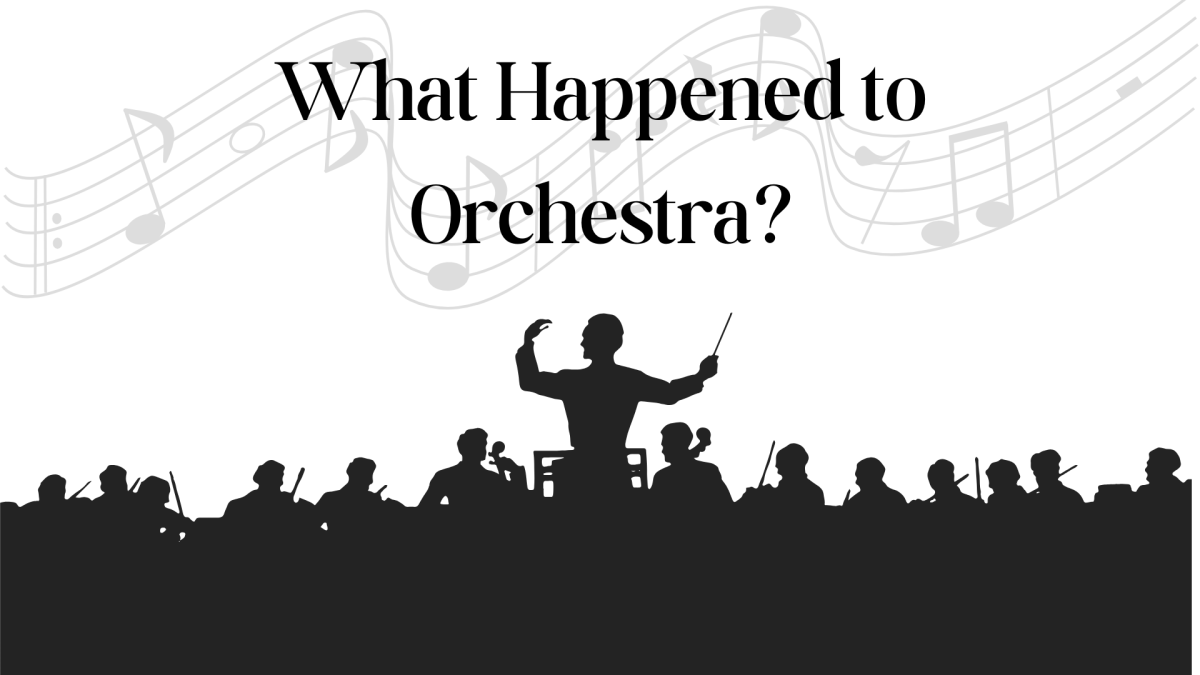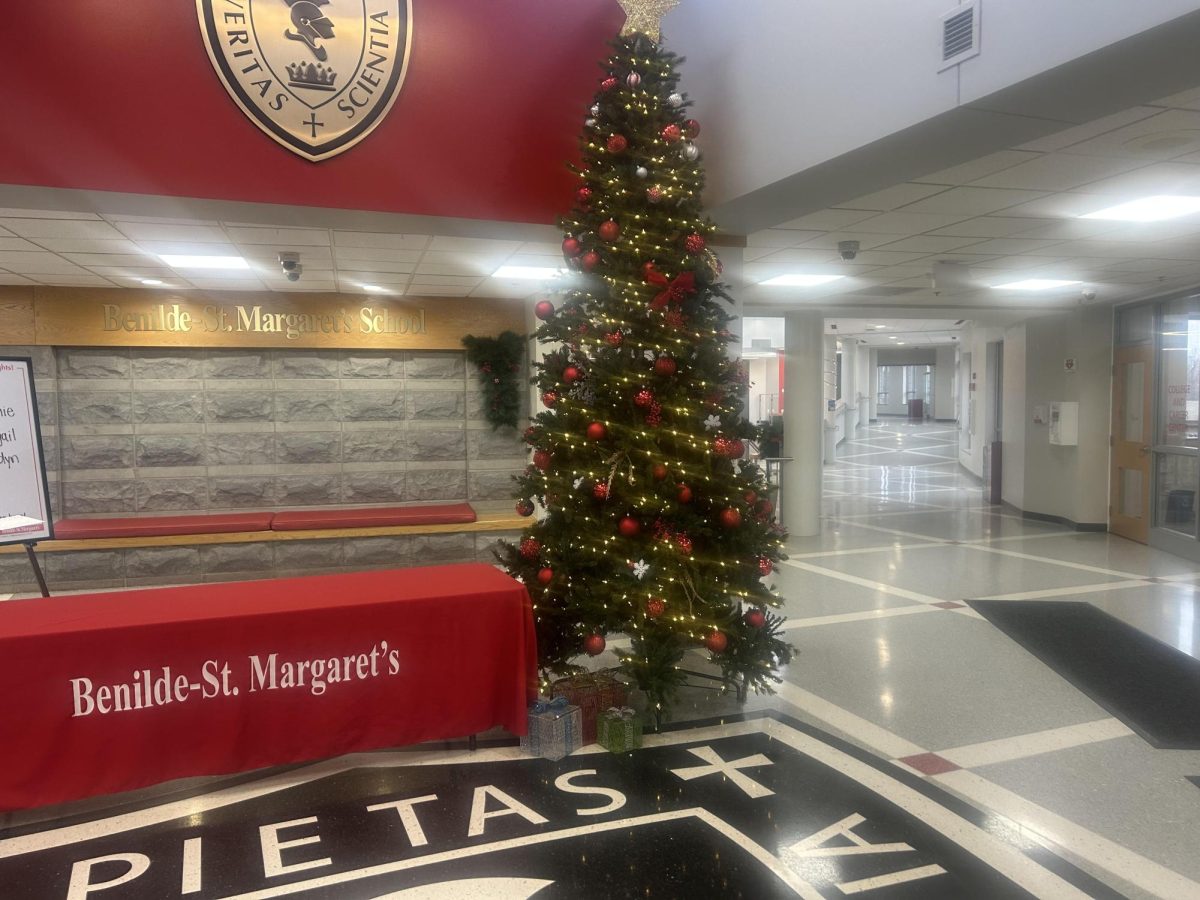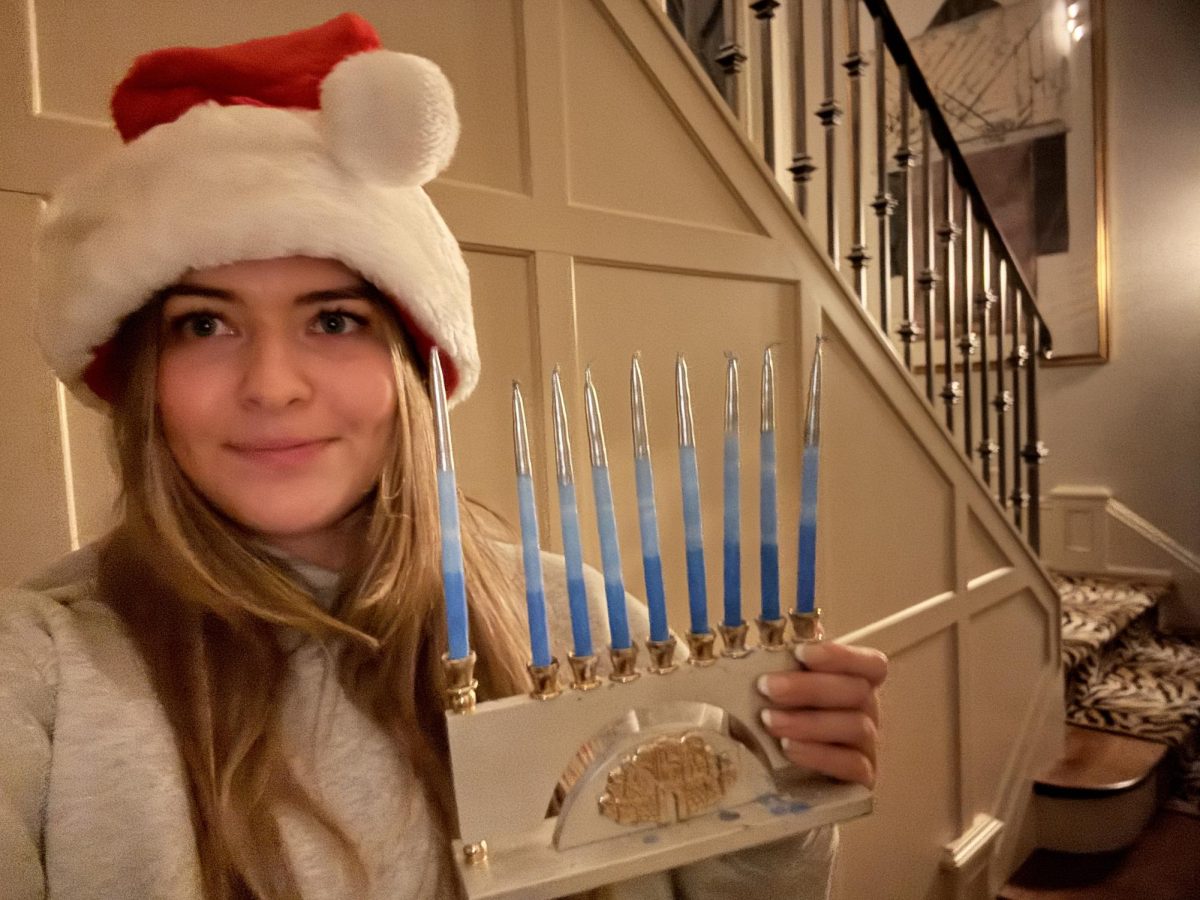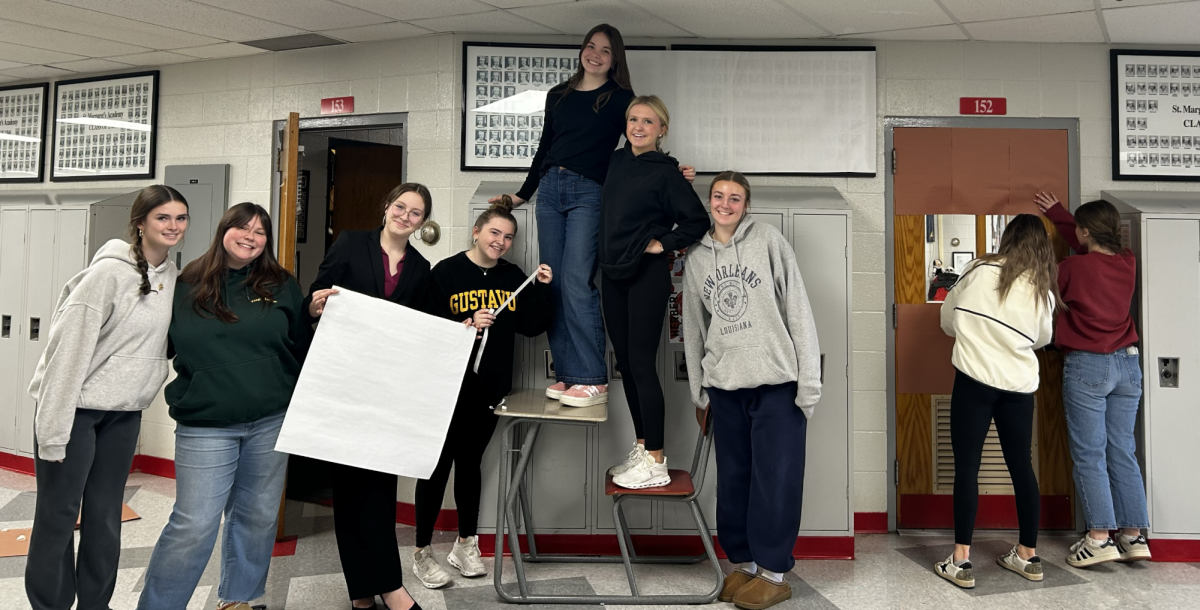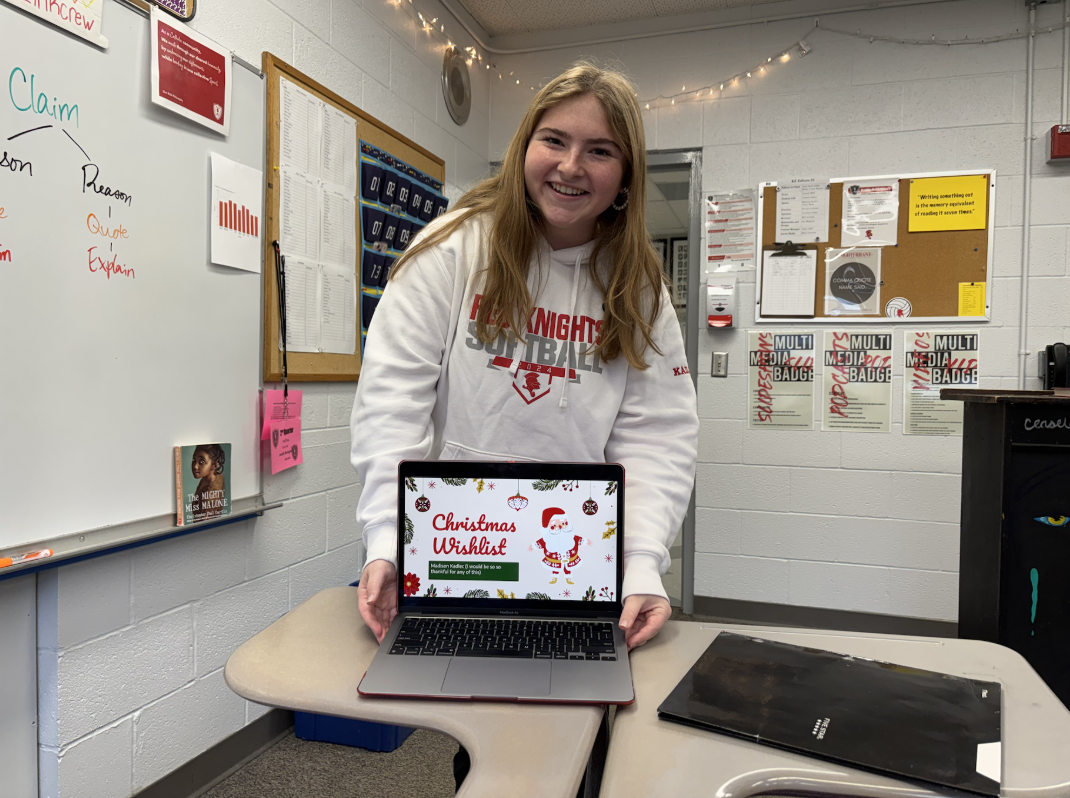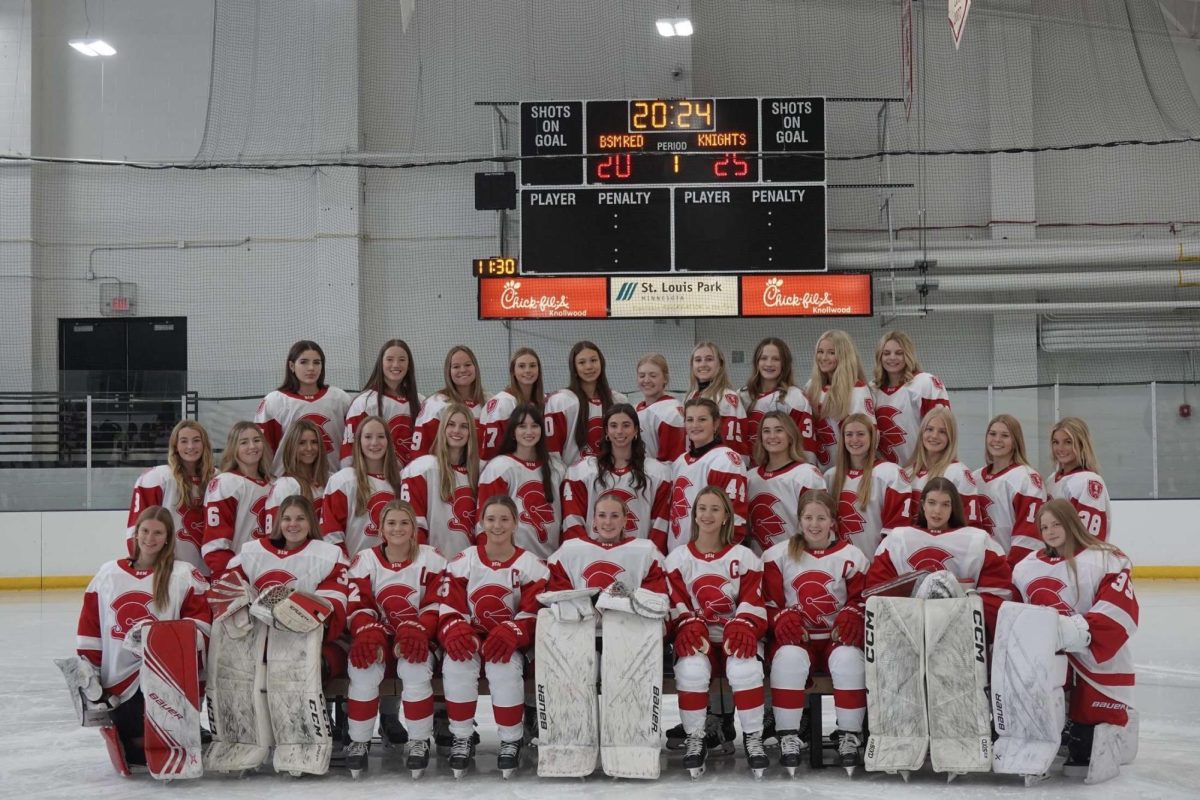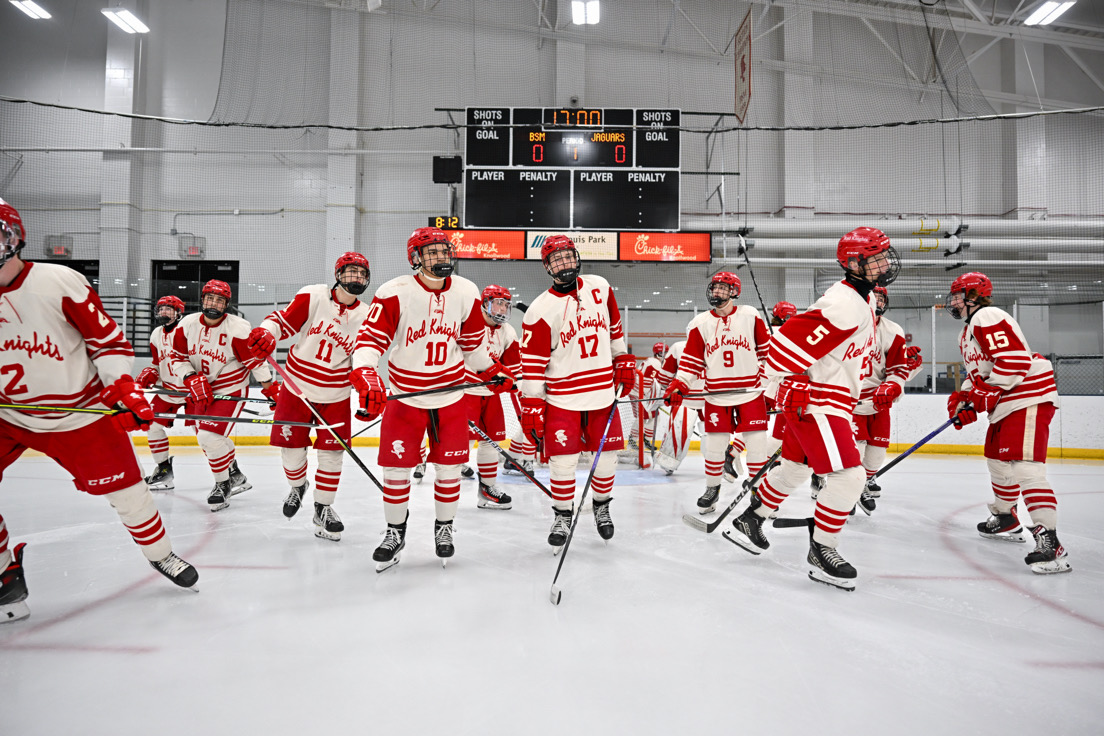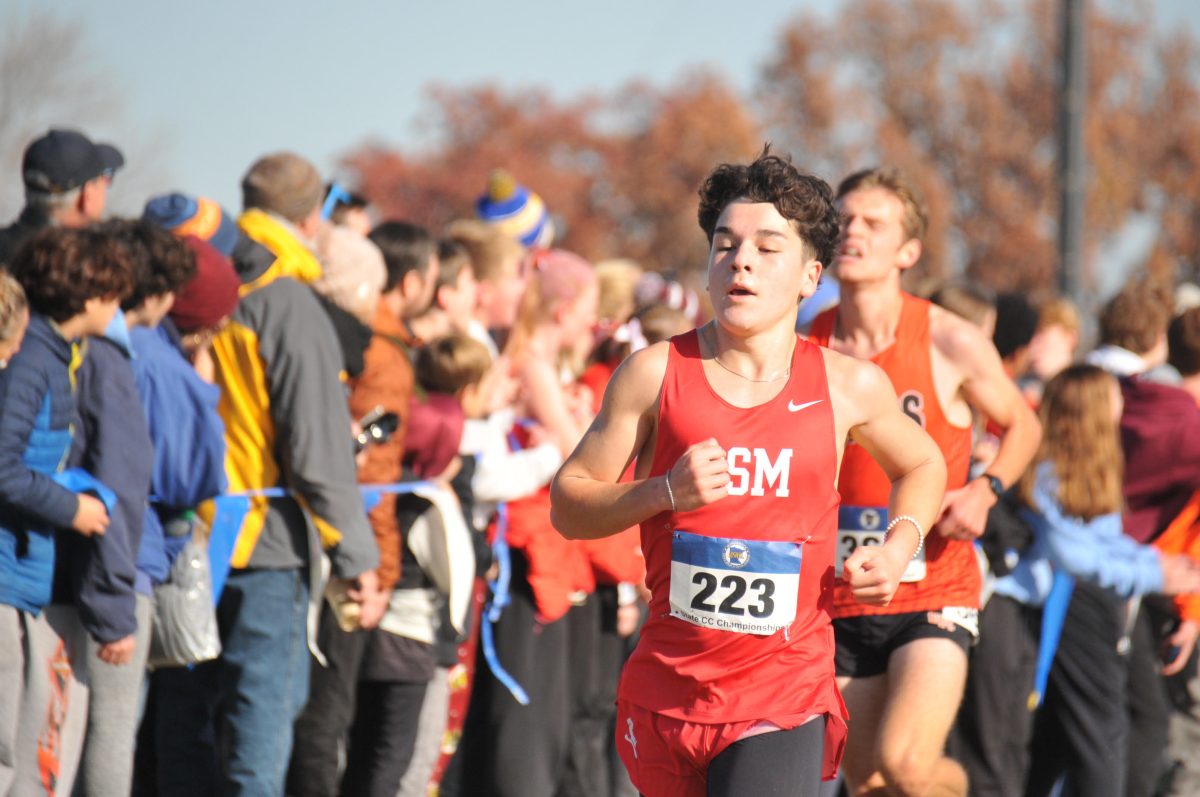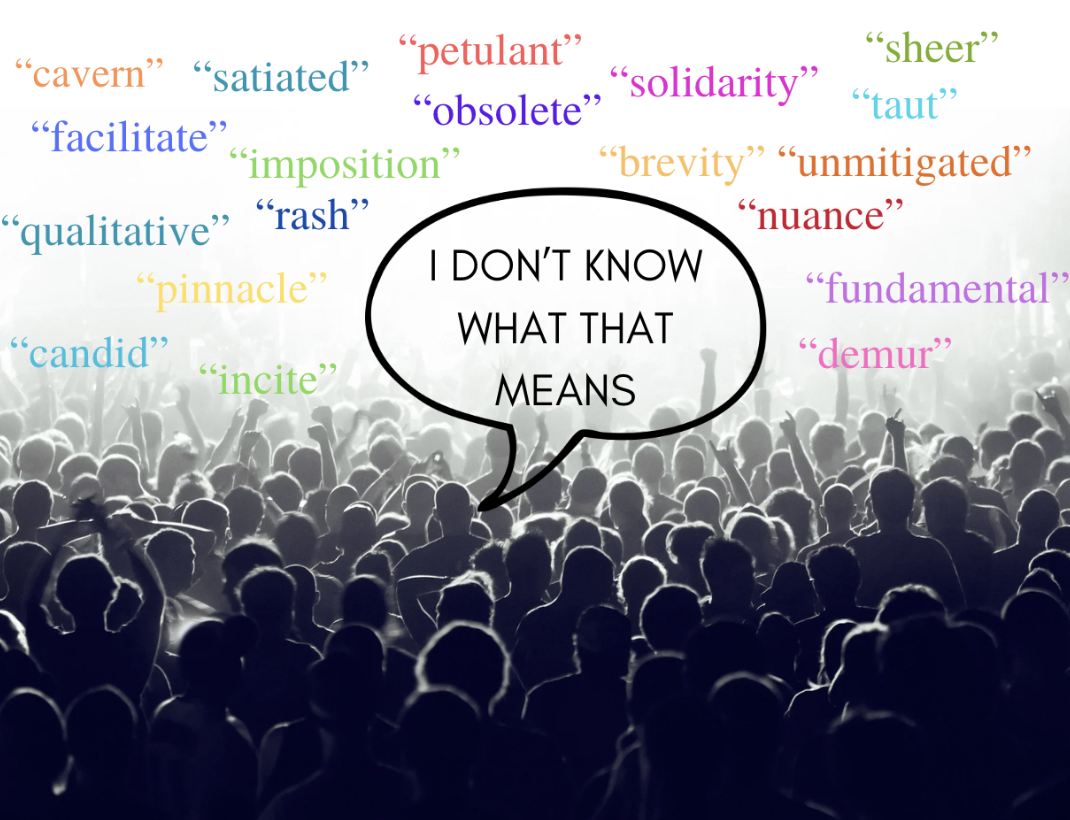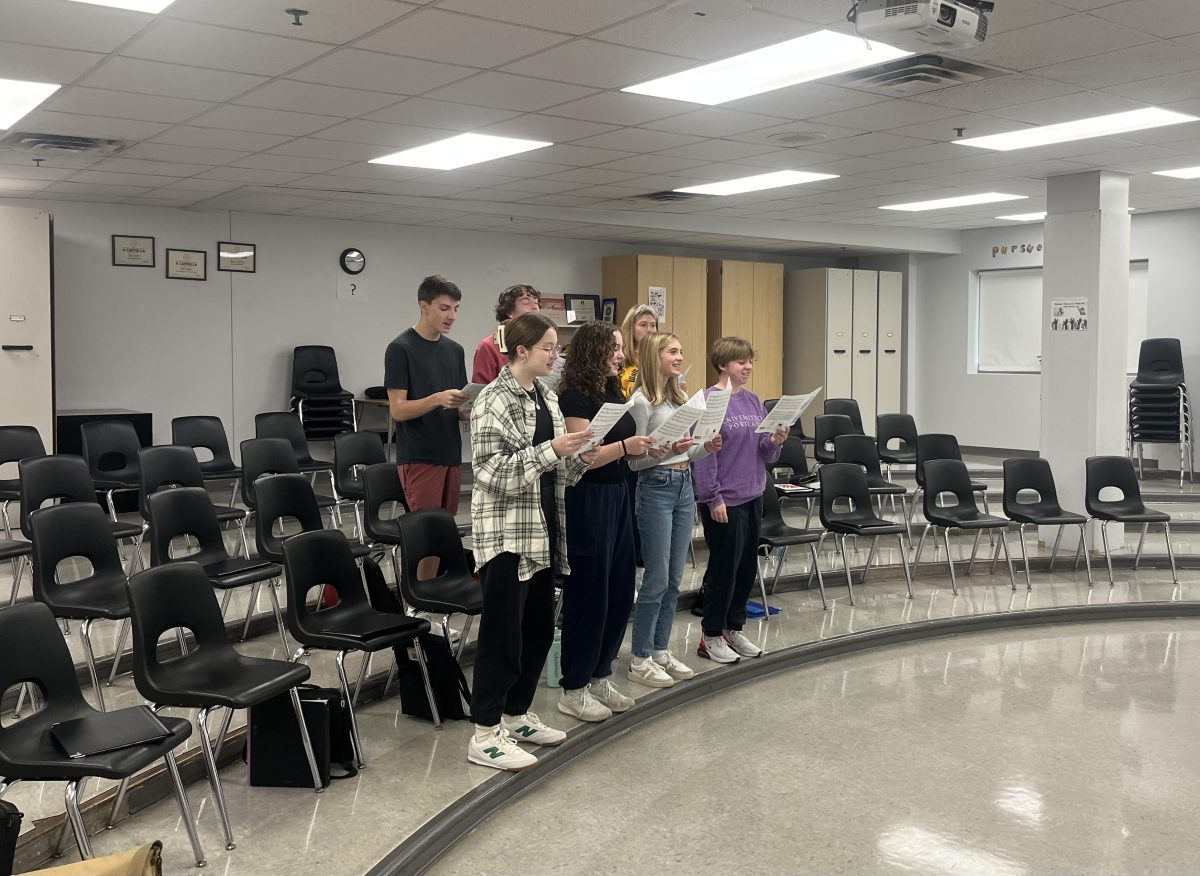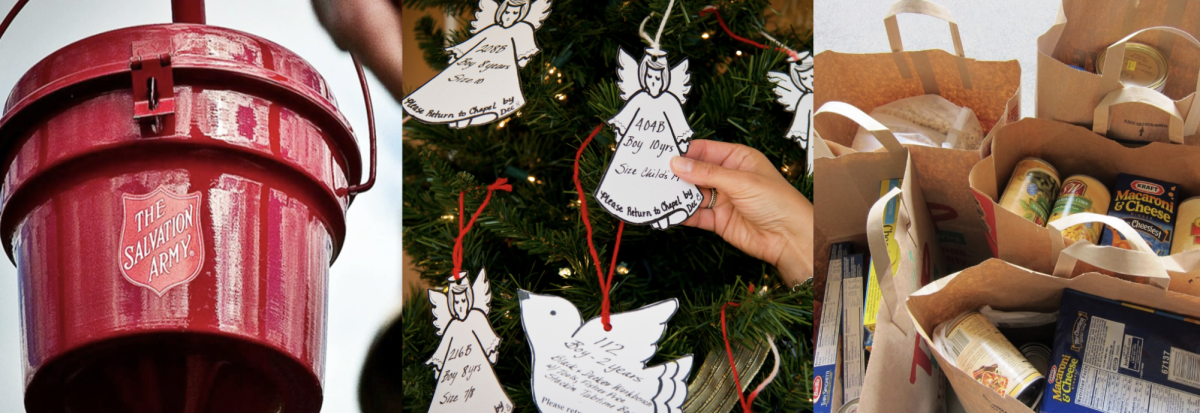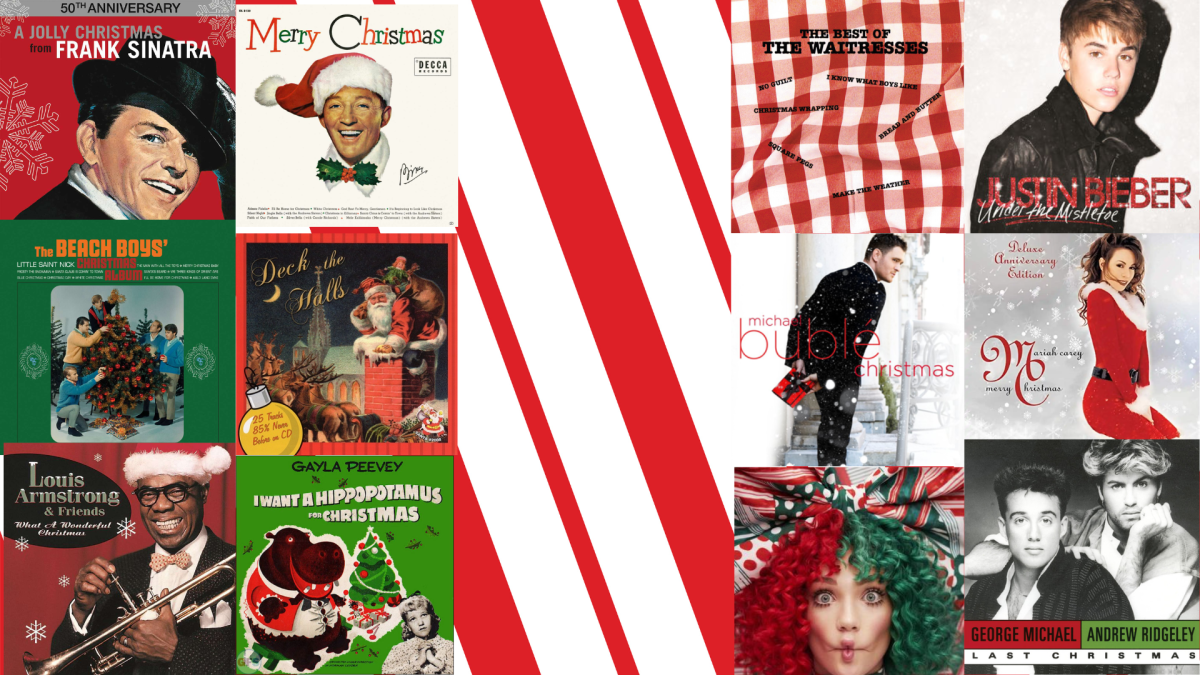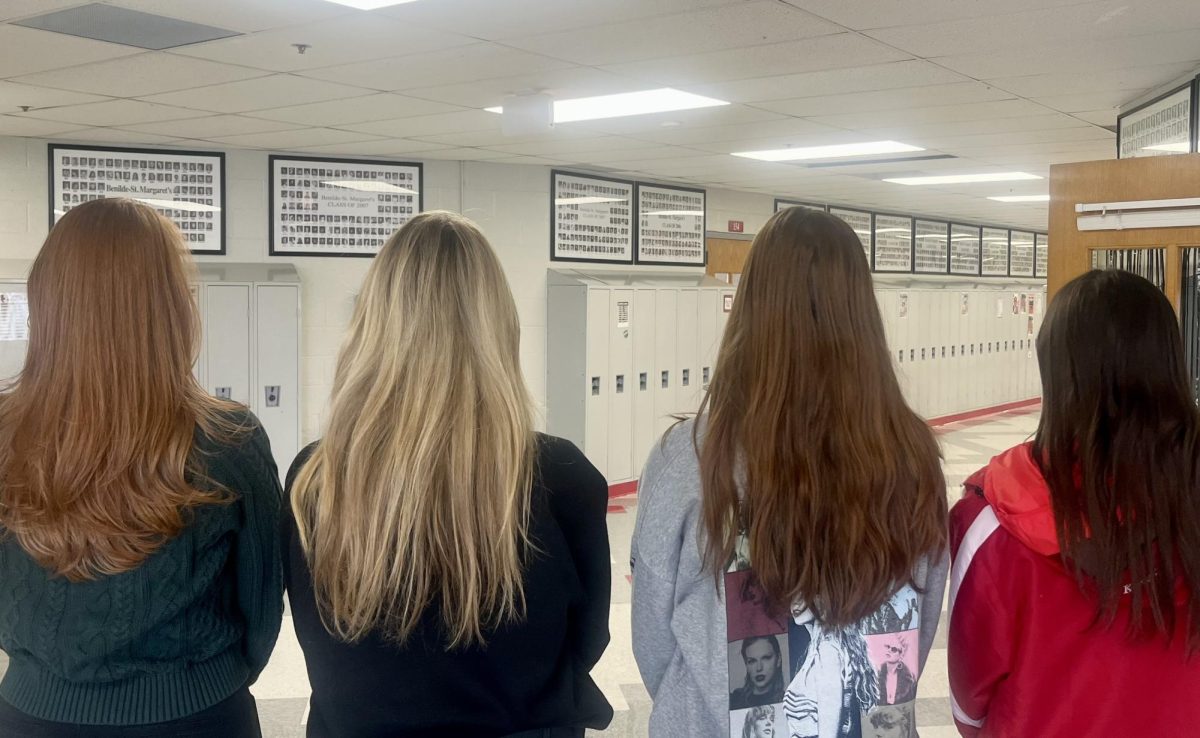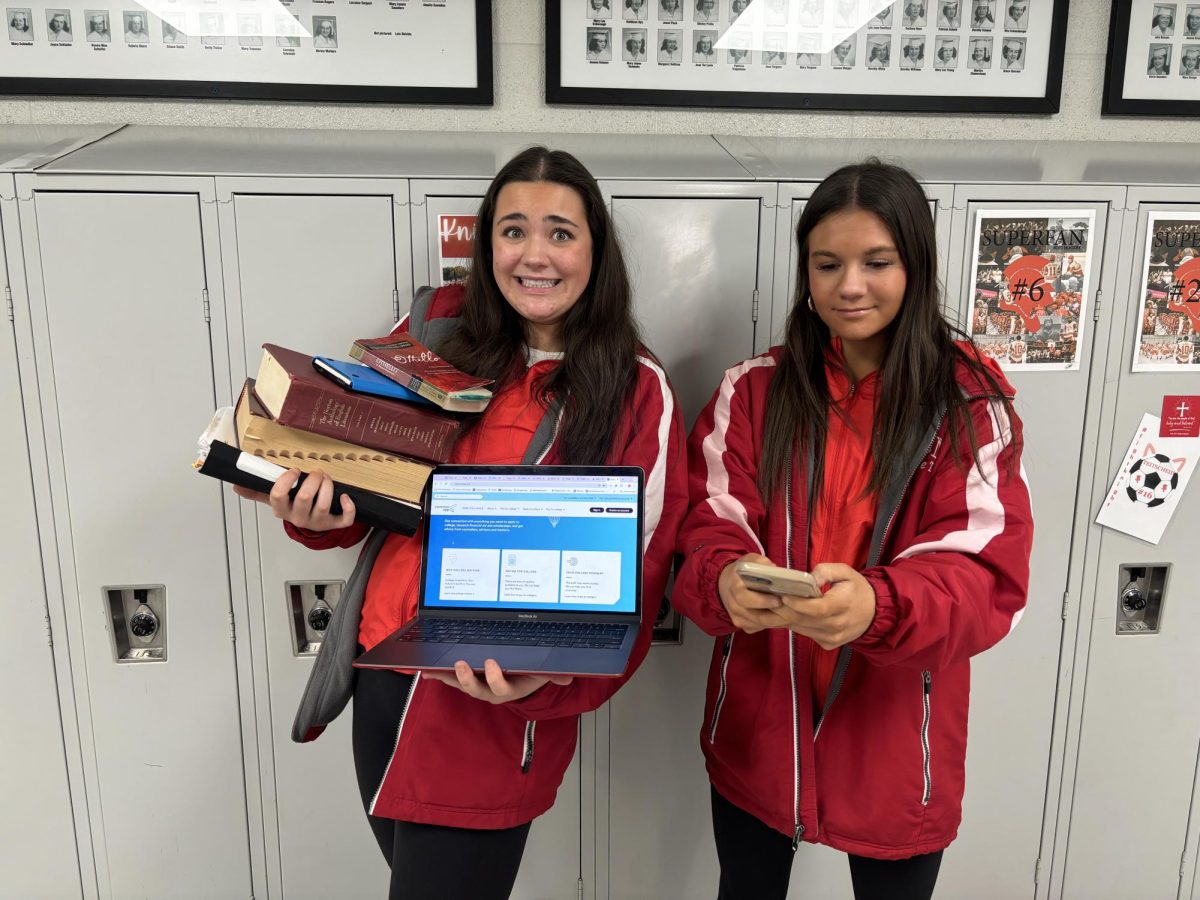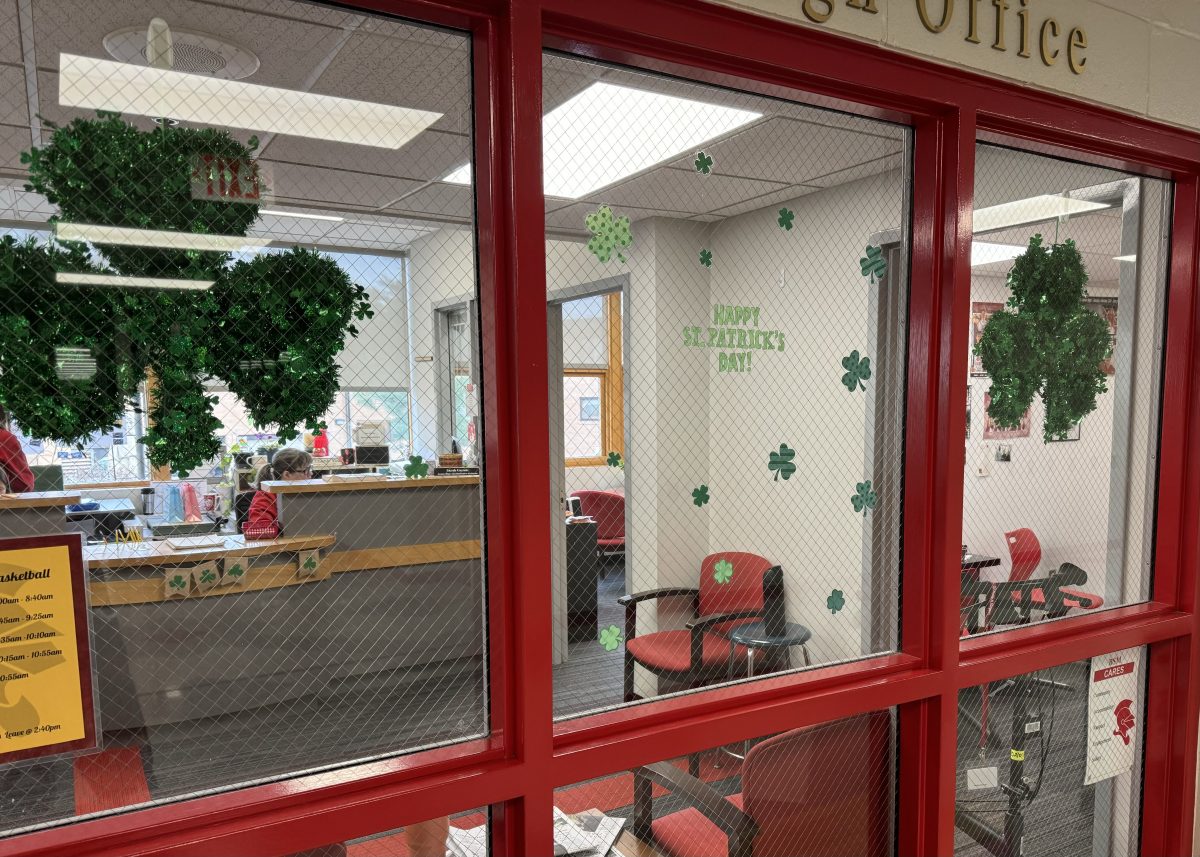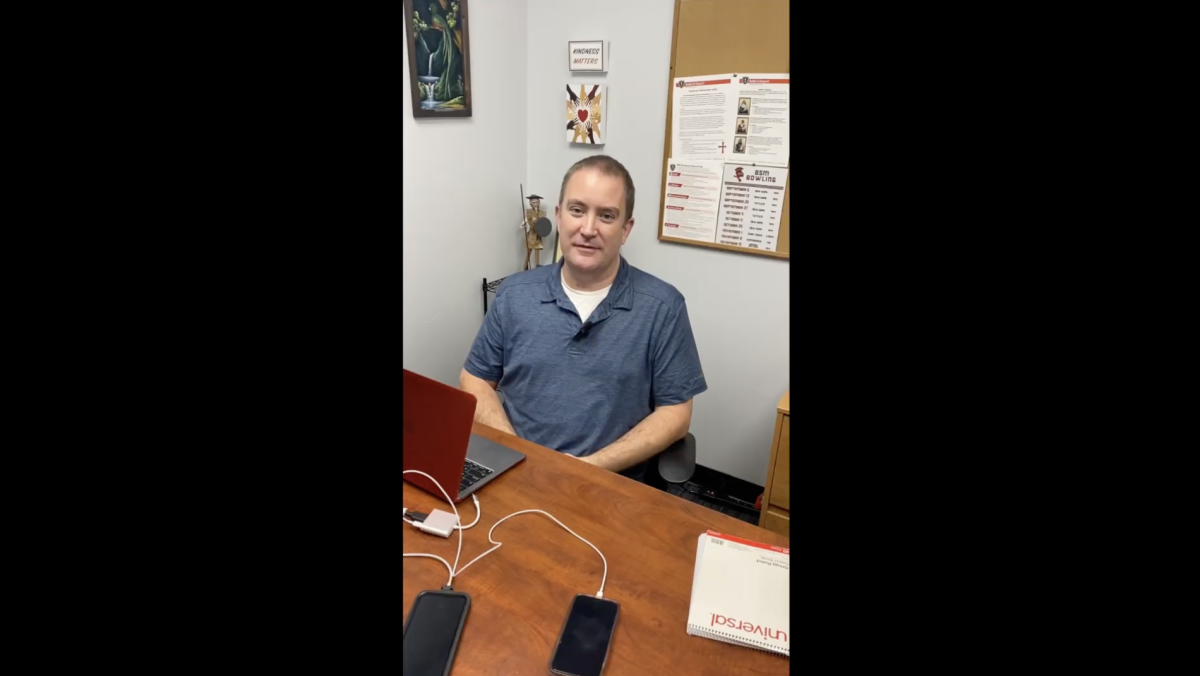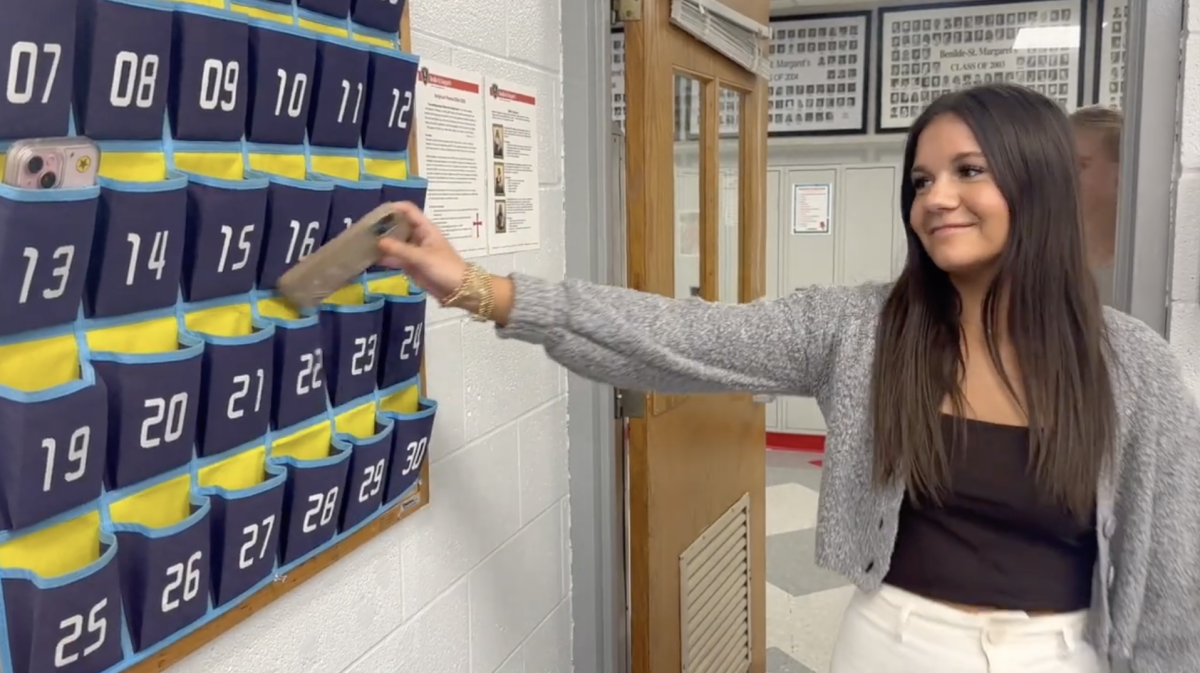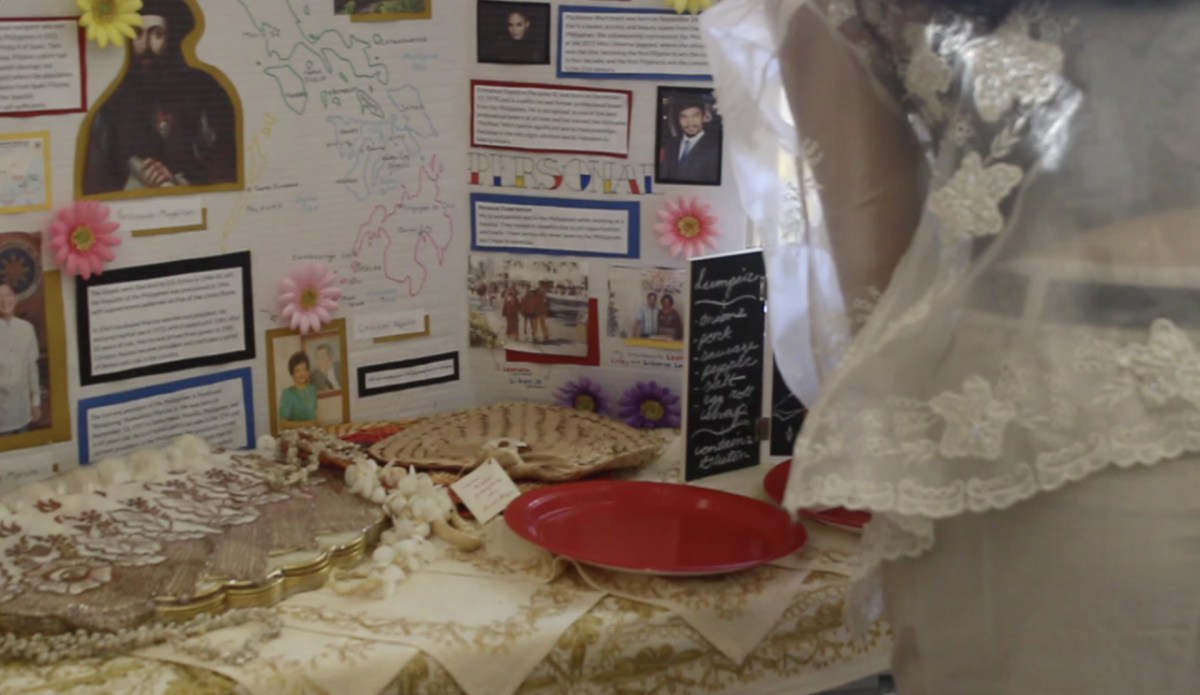BSM’s neighboring Jewish community celebrates Sukkot
From September 19 to September 27, the Jewish community of Bethel Synagogue, located near Benilde-St. Margaret’s School celebrated the holiday Sukkot. This is a holiday of thanksgiving for the harvest and good health of the Jewish people.
During Sukkot, the Jewish faith thanks God for the fall harvest they have been given and celebrate by inviting friends and family over to eat food. “Sukkot is kind of like Thanksgiving, and people invite other people over for dinner,” Ms. Rosalie Goldberg, BSM math teacher said.
Customized Sukkahs, temporary huts, have been built in the lawns of Jewish families in their celebration of this holiday. “A Sukkah is a structure you attach to your house and is a little hut that you can sleep and eat in. The purpose is to remind us of the structures that the Jews stayed in while they spent 40 years in the desert,” David Orbuch, Executive Vice President at Optum, said.
Sukkahs help represent how God’s presence is all around us. “Sukkahs are temporary and have to be open on top in order to see the sky to show God’s presence is everywhere,” Ms. Goldberg said.
The Sukkahs get put up and then customized with different drawings and decorations. “Anyone can decorate a Sukkah but a lot of times, younger children will make decorations, which can be drawings, for the Sukkah. People will hang fruits and vegetables, real and fake, that represent the harvest,” Ms. Goldberg said.
Different families have unique traditions and celebrate the holiday differently. “In my personal family we have the tradition of putting up our sukkah every year and eating dinner in it with family and friends. We decorate our sukkah by having everyone who eats in our sukkah put their hand prints with colorful fabric paint on the canvas walls of the sukkah so that each year, we eat with the hands of our family and friends all around us,” Wendy Schwartz, adult learning coordinator at the synagogue Temple Israel in Minneapolis, said.
During Sukkot the etrog, a citrus fruit, and the lulav, consisting of a palm branch, myrtle branches, and willow branches, are used to celebrate the holiday. “One of the traditions is to shake the lulav and etrog. The purpose of these symbols is to remind us of how God is everywhere,” Orbuch said.
During Sukkot, synagogues held several services in celebration of this holiday. “There are worship services in the synagogue on the first and last days of the week-long festival along with Shabbat (Sabbath) services that fall during the holiday,” Schwartz said.
With another Sukkot celebration behind the Jewish people, they will continue to celebrate the abundant fall harvest. They will also continue to help remember God’s presence, and honor their Jewish heritage.


